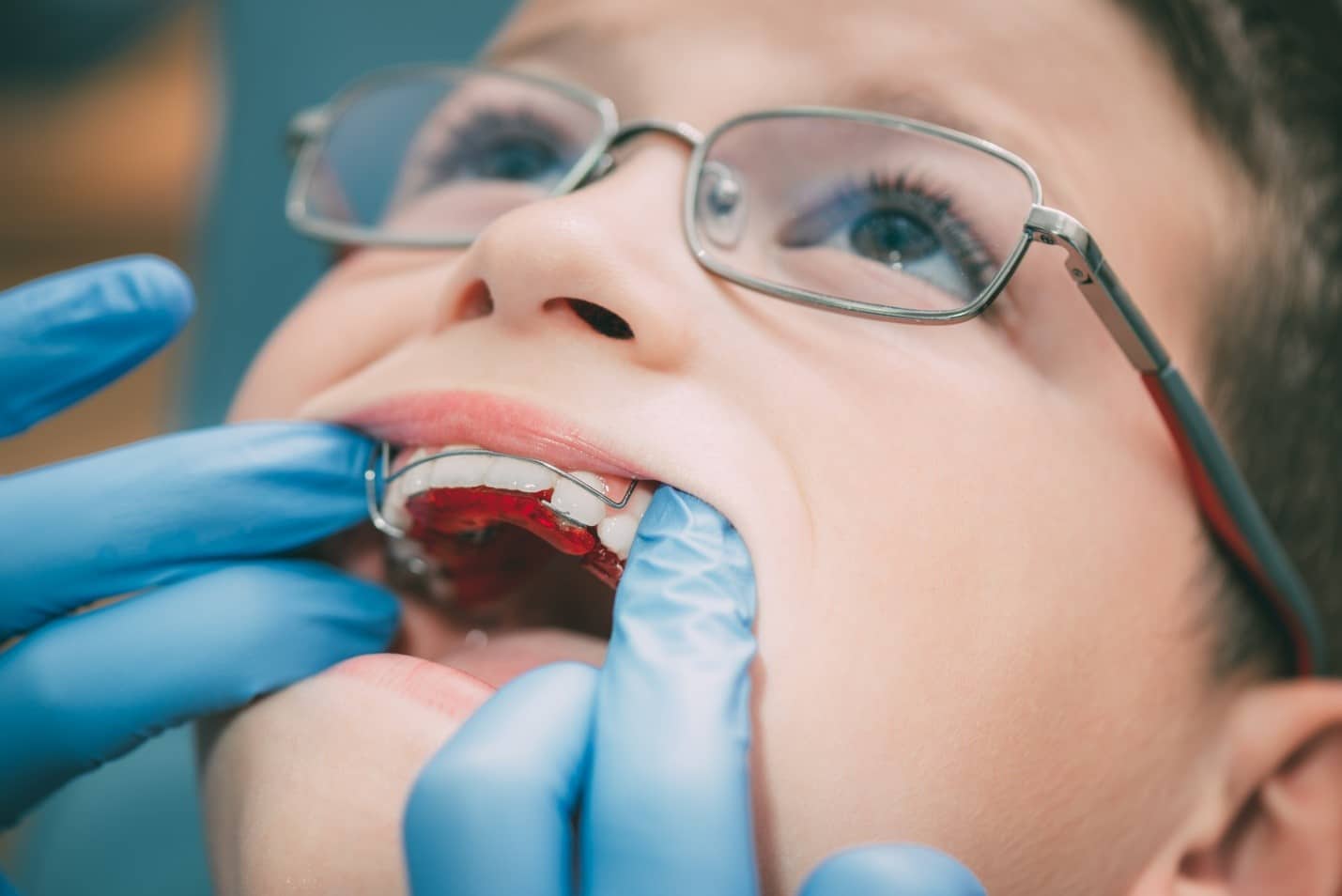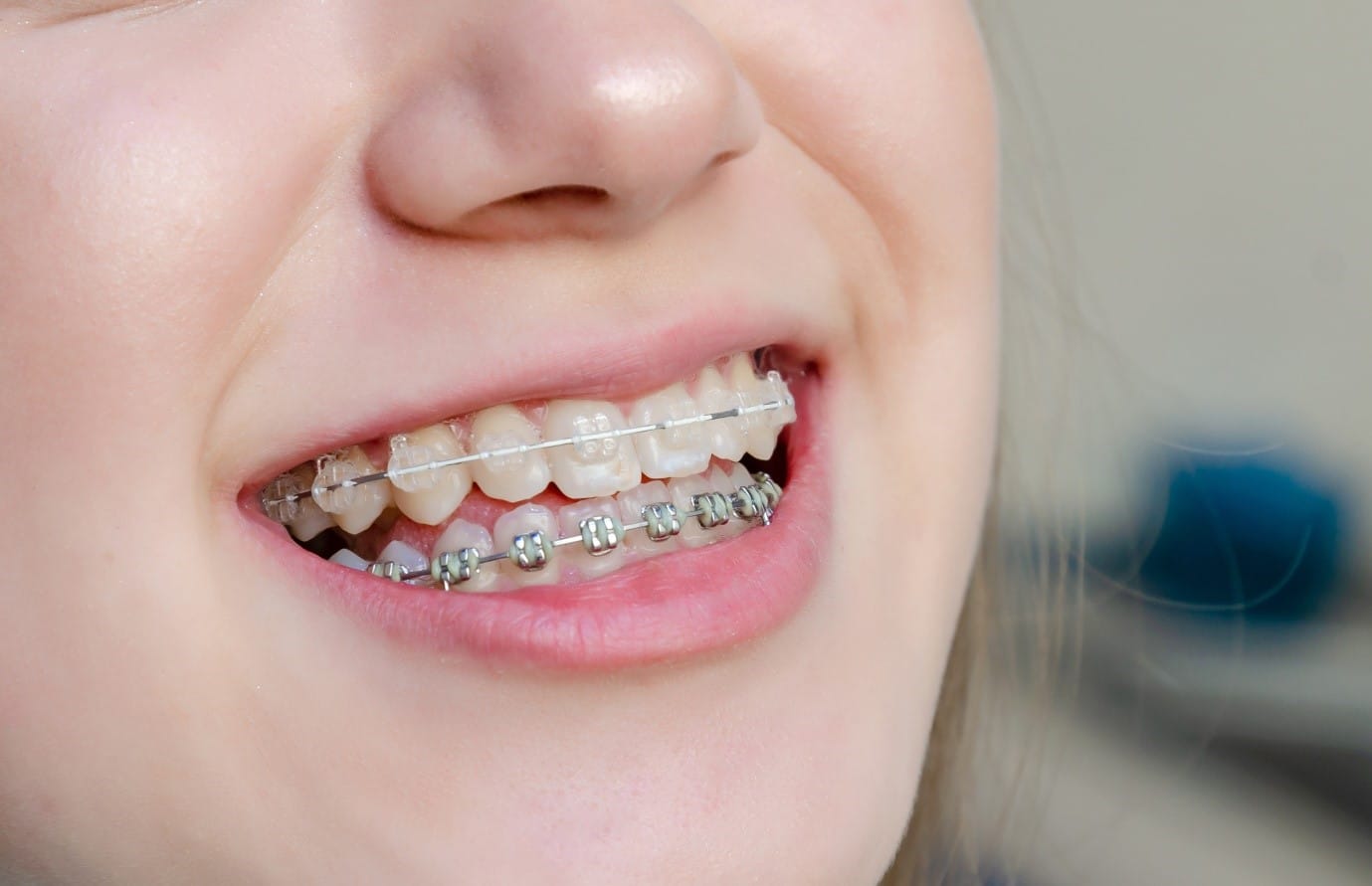Orthodontic advancements have come with a range of options for addressing many dental issues, including overbites. Overbite braces are designed to correct the alignment of the teeth and jaw, providing improved oral health and a more aesthetically pleasing smile.
Let’s learn about the different overbite braces available, ranging from traditional metal braces to clear aligners.
Traditional braces
Traditional braces are one of the oldest advancements in orthodontics. In this type of brace, the metal brackets are attached to each tooth, wires connect them, and elastic bands bind them. Although these braces are easily noticeable, they successfully cure overbites of different degrees. Modern metal braces are more comfortable and efficient because of technological advancements. Also, you get different color braces with traditional braces, which makes it an excellent option for kids and teens. You can consult with your dentist about the metal braces cost and how long it may take to complete the treatment.

Clear Braces:
Clear braces are a more discrete alternative to regular metal braces. They employ tooth-colored or transparent ceramic brackets for a more discrete look. Clear braces are a popular option for those who value aesthetics while still requiring the structure and effectiveness of regular braces. It is essential to remember that the wires may still be apparent; however, developments include tooth-colored cables to limit appearance further.
Lingual braces
Lingual braces are a discreet option, as they are worn behind the teeth and are almost undetectable from the front. Your dentist will take an impression of your teeth to design them, as they are custom-made for each patient and are a discreet alternative for people who are self-conscious about wearing traditional braces. Lingual braces efficiently treat overbites while being less visible.
Invisalign and Clear Aligners:
Invisalign and other clear aligners redefine orthodontic treatment. These devices gradually shift the teeth into the right position by using a series of custom-made, transparent trays. Clear aligners are also removable, giving you additional options for eating and dental hygiene. They are popular for people looking for an almost unnoticeable overbite repair treatment without changing their daily schedules.
Self-ligating
Self-ligating braces employ brackets that eliminate the need for elastic bands to secure the wires. Instead, they have built-in clips or doorways that hold the wires in position. This helps lower the friction, which may lead to shorter treatment times. While self-ligating braces are available in metal and transparent forms, they are especially affordable for people looking for low-maintenance orthodontic treatments.

Functional Appliances:
Functional appliances are orthodontic devices that are specially designed to treat overbites and jaw discrepancies. These devices, such as headgear or bite correctors, allow your jaw to reposition and encourage proper development and growth. While functional appliances are not technically braces, they can be used with the braces treatment to provide thorough overbite treatment.
Summing Up:
When choosing the braces, you need to be mindful of your daily life schedules. If you are conscious of your smile, you can choose a discreet option that can help you stay confident throughout the treatment. Choose the option that fits best with your lifestyle and the severity of the orthodontic condition; all these factors play a role in determining the best type of braces for overbite repair. You can also see the braces before and after overbite images; ask your dentist for images.
Lingual braces are invisible from the front, whereas self-ligating braces are efficient and low-maintenance. Functional appliances help with overall jaw adjustment. So, consult with your dentist before you get started with the treatment. Your orthodontist will give you a better suggestion, as they know your case better. Book an appointment with your dentist and get the right option that suits you better. A straighter and healthier smile is always good for your overall health.